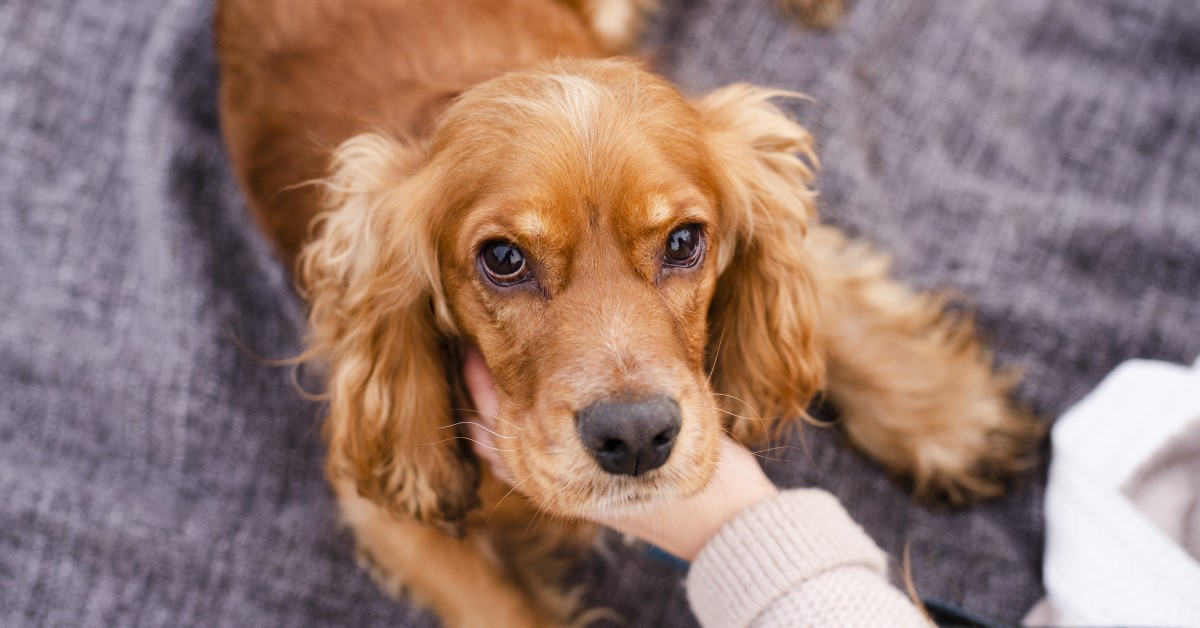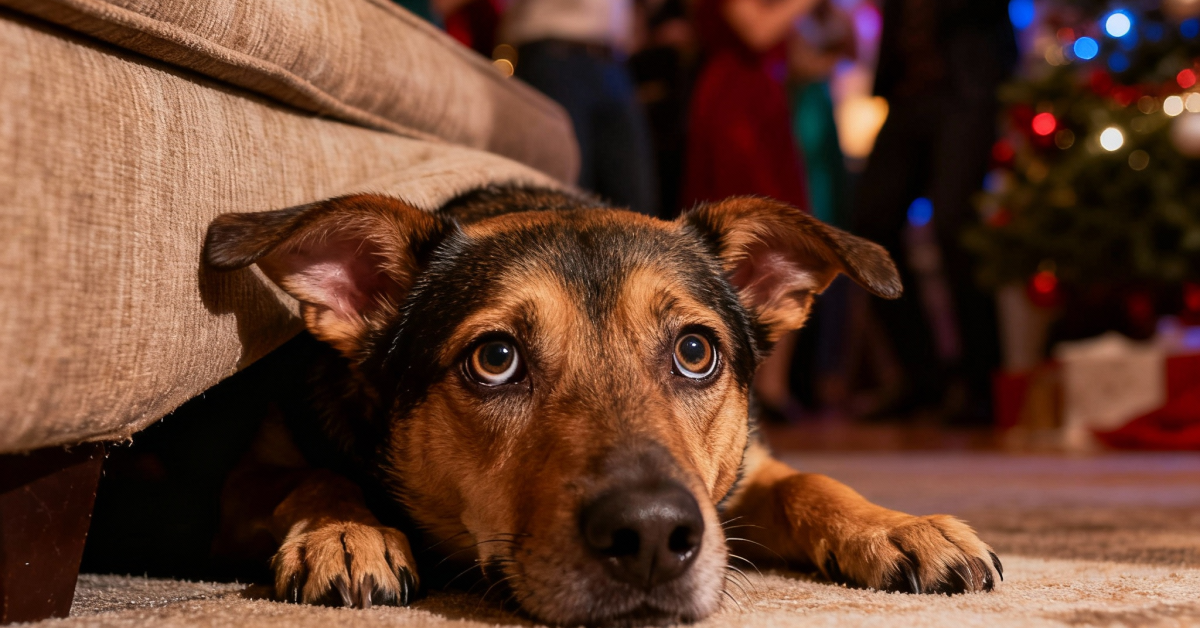An Owner’s Guide to Dog Eye Problems
Learn about common eye problems in dogs and how you can help your own dog deal with them.

If you've ever struggled with an agonizing eye injury or degenerative vision problem, you can understand how seriously such issues can affect your dog's quality of life. A dog's eyes can be subject to external factors that damage or irritate sensitive eye tissue. Dogs can also develop degenerative vision disorders that can lead to blindness. Let's take an introductory look at common eye problems in dogs so you can help your beloved canine when trouble strikes.
Eye Injuries in Dogs
Dogs routinely encounter a variety of objects and situations that can do acute damage to their eyes. Your dog might sustain any of the following kinds of eye injuries.
- Corneal ulcerations or scratches - Corneas are the clear "windows" that let light into the eye. Injuries from dog fights, eye infections, and severe dry eye (see below) can scar or ulcerate the corneas.
- Foreign object trauma - Through natural curiosity, your dog may come into contact with foreign objects that cause an eye injury, such as a low-hanging branch, blade of grass, fork, sharp pebbles, or other pointed object. These foreign objects can scar the cornea or even get stuck in the eye.
- Proptosis - Sometimes a dog's eye can bulge forward abnormally or even pop completely out of its socket, a problem called proptosis. Potential causes include excessive choking pressure from a leash and blunt impact trauma. Brachycephalic (flat-nosed) breeds such as Pugs and French Bulldogs may face an elevated proptosis risk.
Eye Diseases in Dogs
In addition to injuries, a variety of eye diseases and disorders can jeopardize a dog's vision and/or comfort. Some common examples include:
- Dry eye - Dry eye occurs when the tear glands can't produce the right quantity or quality of moisture to lubricate and protect the corneas. This problem can lead to corneal ulceration if left untreated.
- Cataracts - Dogs can develop cataracts as they get older and proteins in the lens start clumping together. This accumulation creates a milky mass that obscures vision.
- Glaucoma - Like cataracts, glaucoma can affect dogs as well as humans. High pressure inside the eye due to a buildup of fluid damages the optic nerves, causing progressive vision loss.
- Uveitis - Some dogs suffer from an inflammation of the iris (the colored part of the eye) known as uveitis. Uveitis can promote glaucoma while also causing chronic eye pain and light sensitivity.
- Conjunctivitis - Conjunctivitis, also known as pinkeye, is an infection of a normally clear tissue called the conjunctiva. Untreated conjunctivitis may damage the cornea.
- Cherry eye - Dogs have a third eyelid that contains its own tear gland. In cherry eye, this tear gland swells up and bulges outward.
Recognizing Warning Signs of Eye Problems in Your Dog
Some signs of dog eye problems will prove hard to miss, such as an eyeball out of its socket, a bulging tear gland, an oozing discharge from an infection, or the redness of an eye irritation. However, other eye issues may not advertise their presence quite so readily. Even so, you can often tell when a dog experiences vision problems or eye discomfort.
A dog suffering from eye pain or irritation may squint or blink frequently. It may also rub at the affected eye with a paw or have trouble opening that eye. Tearing may indicate an underlying injury, irritation, or infection. A dog losing its eyesight may bump into objects, have difficulty finding its toys or bed, and act with uncharacteristic aggression out of fear and an urge to protect itself against unseen dangers. Any of these signs should prompt you to schedule a veterinary appointment.
Dealing with Dog Eye Problems and Low Vision
Veterinarians know how to diagnose and treat dog eye problems. Medicated or lubricating eye drops can treat dry eye or conjunctivitis while also slowing the progress of glaucoma. Antibiotic treatment can resolve infections and help acute injuries heal without complications. If your veterinarian cannot correct proptosis by replacing the eyeball in its socket, surgery to remove the affected eye may be necessary.
If your dog experiences low vision or blindness, you can take steps to keep it safe, secure, and happy. For instance, you can talk to your dog to help it know where you are and to avoid startling it. You can also add scents in various parts of the house that allow your dog to (literally) follow its nose from room to room.
Smart household ergonomics can also help dogs with low vision. Always keep your dog's bed, favorite toys, and food and water bowls in the same area so your dog can find them easily. Since your dog might make more of a mess, place the food and water on a washable mat. You can help prevent injuries by blocking access to dangerous areas and padding sharp corners.
See to Your Dog's Eye Health
Now that you know what kinds of issues can affect your dog's eye health and visual acuity, you can recognize the warning signs early and schedule an immediate veterinary evaluation along with any necessary treatment. Don't forget to maintain your dog's schedule of preventive wellness exams, which can help your veterinarian notice and deal with eye problems in their earliest stages. With the proper care, love, and support, you can help your best friend live a happy life -- with or without perfect vision.
Ready to start saving money on pet wellness care?
Then take a look at Mint Wellness, the pet wellness plan that provides fast reimbursement on routine pet care. Save on vaccinations, wellness exams, preventatives, dental, and more!
Learn More


